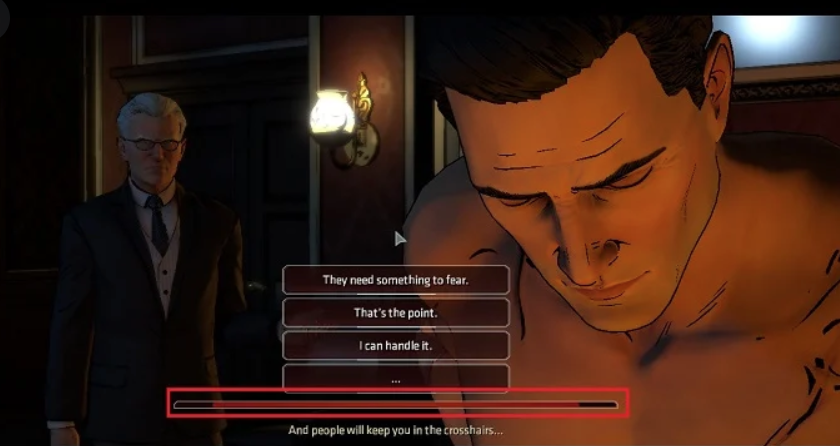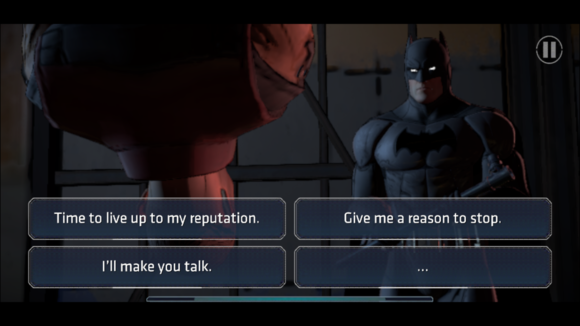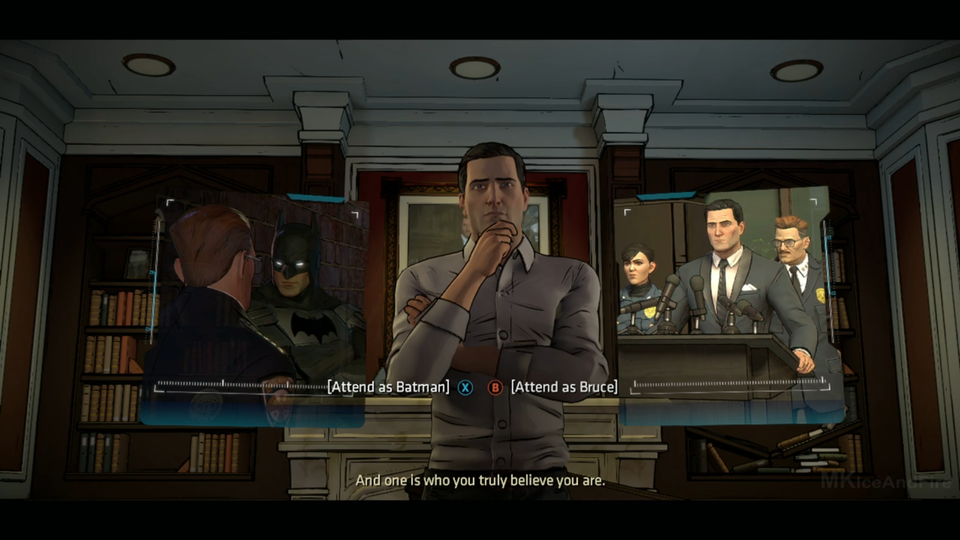Why You Should Teach with Batman: The Telltale Series
- Zack
- Apr 30, 2020
- 4 min read
Updated: Oct 26, 2020
What's going on everyone?
This is a weird one. I don't think I would have ever taught with this game if schools were still open. I have been trying to find engaging ways to work with my students now that I am teaching from home. My attendance has dropped since the transition to online learning so I wanted to try and find something fun to do. One of my students recommended playing a super hero game and I immediately thought of Batman: The Telltale Series, developed by Telltale Games. You can find the lesson plan, handouts, and slides here.
Telltale Games is known for their interactive narrative based games. Instead of focusing on fighting and action, the core gameplay in their games lies in the decisions the player makes as a character. The player gets to choose the dialogue for the protagonist in every scene. These decisions even have consequences that shape the course of the story. Characters will remember and notice what you say, leading to potentially different outcomes. This allows the player to form the protagonist how they see fit. They can be mild natured, or more aggressive. It makes it easier for the player to project their own personality traits onto a protagonist, or role play as someone completely different. It is a type of storytelling unique to video games. Yes, there are quicktime events during action scenes, but the focus of the game is more about choosing dialogue and anticipating the consequences of your choices.
Batman: The Telltale Series takes this gaming medium and applies it to the titular Batman. Batman’s story has been told a million times across different mediums, but this game is different because the player gets to choose what kind of person/hero Batman will be. Through its use of dialogue choices, it allows our students to take an active role in crafting a story with one of the most popular characters ever made. The game is broken into five episodes. Each episode takes a little under two hours to complete. So my students will play one episode per week over the next five weeks.
As Telltale Games puts it, “Enter the fractured psyche of Bruce Wayne and discover the powerful and far-reaching consequences of your choices as the Dark Knight. In this gritty and violent story you’ll make discoveries that will shatter Bruce Wayne’s world, and the already fragile stability of a corrupt Gotham City. Your actions and your choices will determine the fate of the Batman.”

The game and storytelling is by no means perfect, but one aspect that is really great is how much it balances the story between Batman and his secret identity as Bruce Wayne. When you think of a Batman game you would probably assume that it is action based and that you would be playing as Batman the majority of the time. But Batman: The Telltale Series explicitly splits the narrative between these two parts of Bruce's identity. The player is even offered the option to address problems as either Bruce Wayne or Batman during important moments in the story. This helps the player drive the narrative in a way that they see fit. This leads me to the Aim of the lesson.
The main question I want my students to answer at the end of the game is, "How do the dialogue choices in Batman: The Telltale Series strengthen or weaken the overall narrative of the game?" As we play through the game over the next couple of weeks, they will need to keep track of the decision made by the player and analyze the significance of the many dialogue choices. In a perfect world everyone would have their own copy of the game. We are instead watching one student of mine stream the game online via Twitch. So he is usually the only one making choices, although he has taken it upon himself to occasionally poll the students watching to help him make a decision. Most dialogue choices need to be completed within a certain time limit so there is not always time to ask other students for input, but there is downtime to think during the more critical moments in the story.
While analyzing the effectiveness of dialogue choices in the game will be the focus of this mini unit, the game also offers chances to talk about morality. This is especially true since the player gets to ultimately decide what kind of hero Batman will be. You can be fairly gentle and focus more fear tactics to get information you need, or you can beat the information out of them. Having conversations about whether the ends justify the means is always fruitful. Life would definitely be interesting with vigilantes running around, but we need to be cognizant about if it would actually be a good thing.
The first section today went really well. Students, although only 12 of them, were engaged and actively participating in conversation while we played. I took a screenshot towards the beginning game below and if you take a look one of my students said that they "hate decision talking games." Another one responded how you can get unexpected endings and you will always come across something new and different each time you play. By the end of today's episode the first student did admit that they like the story so far. Although they did mention that the developers were lazy because a lot of the people look too similar.

I will give an update on the game once I finish teaching with it a month from now, but so far it seems promising. I want to reiterate that I'm still not positive that I would teach with this game in a traditional school setting, but education is up in the air right now so why not try something fun and different. Also important to note is that the game is Rated M. Which means it really should not be played by anyone under 16. This is definitely a lesson for high school students.
Thanks for reading,
Zack
Consider subscribing if you would like to stay more up to date with posts like this. It's free!








Kaiser OTC benefits provide members with discounts on over-the-counter medications, vitamins, and health essentials, promoting better health management and cost-effective wellness solutions.
Obituaries near me help you find recent death notices, providing information about funeral services, memorials, and tributes for loved ones in your area.
is traveluro legit? Many users have had mixed experiences with the platform, so it's important to read reviews and verify deals before booking.